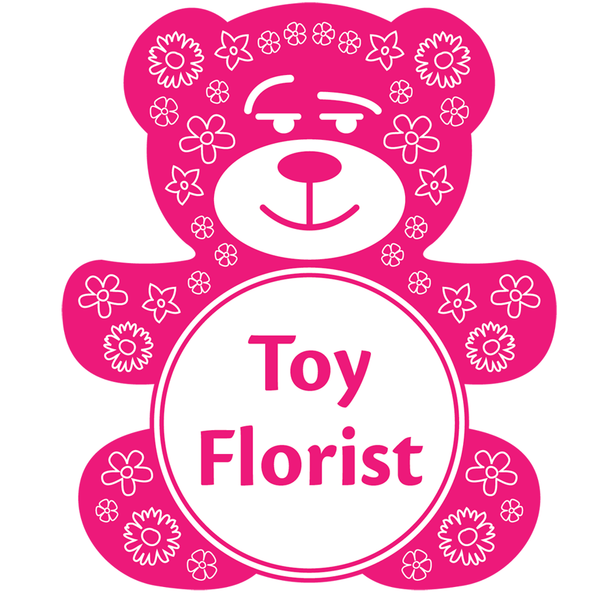
How Do I Care For An Orchid?
Orchids are renowned for their exotic beauty and detailed blooms, making them a popular choice for both indoor and outdoor gardening lovers. With proper care, these eye catchy plants can flourish and provide lasting enjoyment. This comprehensive guide will walk you through the essential steps to ensure your orchid remains healthy and vibrant.
Understanding Orchid Basics
Orchids are part of one of the largest and most diverse plant families in the world, with over 25,000 species and countless hybrids. These plants are renowned for their unique beauty, interesting flower structures, and ability to thrive in various environments, from tropical rainforests to arid deserts. Common varieties include:
-
Phalaenopsis (Moth Orchids): Known for their long lasting blooms and ease of care, these are ideal for beginners and are often seen in homes and offices.
-
Cattleya Orchids: Famous for their vibrant, showy flowers, they are often called the "corsage orchid" due to their use in formal floral arrangements.
- Dendrobium Orchids: A versatile variety that comes in a range of colors and sizes, often used in bouquets and decorative displays.
Each type of orchid has unique care needs. For instance, Phalaenopsis thrives in low to medium light, while Cattleya prefers brighter, indirect sunlight. Similarly, watering frequency and temperature tolerance can differ significantly between species.
To ensure your orchid flourishes, it’s essential to identify its type and adapt your care routine accordingly. Look for labels when purchasing, or consult a local nursery or orchid expert for guidance. Understanding these basics will set the foundation for maintaining a healthy and thriving orchid.

Orchid Flower Meaning & Symbolism
Orchids symbolize beauty, love, luxury, and strength across various cultures. In ancient Greece, they were associated with virility, while in Victorian England, they represented refinement and elegance. Today, orchids are often gifted to convey admiration and respect.
Light Requirements
Most orchids prefer bright, indirect light. Placing them near an east or west facing window with filtered sunlight is ideal. Avoid direct sunlight, as it can scorch the leaves. Insufficient light may hinder blooming, so monitor your orchid's exposure carefully.
Watering Your Orchid
Orchids generally prefer to dry out slightly between watering. Water your orchid thoroughly, allowing water to flow through the drainage holes, and ensure the potting medium dries out before the next watering. Overwatering can lead to root rot, while under watering may cause dehydration. Adjust your watering schedule based on the specific needs of your orchid species.
Humidity and Air Circulation
Orchids thrive in environments with 50-70% humidity. In drier climates, increase humidity by placing a humidity tray near the plant or using a room humidifier. Good air circulation is also vital to prevent fungal infections; consider using a fan to maintain airflow around your orchid.
Temperature Considerations
Orchids are sensitive to temperature fluctuations. Most prefer daytime temperatures between 70-80°F (21-27°C) and nighttime temperatures around 60-70°F (15-21°C). Avoid placing orchids near drafts, heating, or cooling vents to prevent stress.
Fertilizing Your Orchid
Use a balanced, water-soluble fertilizer formulated for orchids. During the growing season (spring and summer), fertilize every two weeks; reduce frequency during the dormant period (fall and winter). Always follow the manufacturer's instructions to avoid over-fertilization.
Potting and Repotting
Orchids require well-draining potting media, such as a mix of bark, perlite, and sphagnum moss. Repot your orchid every 1-2 years, preferably after blooming, to refresh the potting medium and inspect root health. Choose a pot size that accommodates the root system without overcrowding.
Pruning and Maintenance
After your orchid has finished blooming, trim the flower spike to encourage new growth. If the spike turns brown, cut it back to the base; if it remains green, trim just above a visible node to promote re-blooming. Regularly remove any dead or yellowing leaves and inspect for pests.
Flower Bouquet with Orchids
Incorporating orchids into flower bouquets adds a touch of sophistication and exotic charms. Their unique shapes and bright colors make them a standout choice for special occasions, from birthdays to anniversaries.
Orchid Flower Bouquets for Weddings
Orchids are a popular choice for wedding bouquets, symbolizing love and beauty. Their elegant appearance complements bridal attire, and their variety of colors can match any wedding theme. Phalaenopsis and Dendrobium orchids are particularly favored for their graceful blooms.
Orchids and Pet Safety
Many common orchid species, including Phalaenopsis, are considered non-toxic to cats and dogs. However, it's always best to prevent pets from chewing on plants to avoid any potential digestive upset. If you have concerns, consult the ASPCA's list of toxic and non toxic plants or your veterinarian for guidance.
Blue Orchid Flower Plant
Blue orchids, often created through dyeing, are striking and exotic. While naturally blue orchids are rare, dyed Phalaenopsis orchids are popular for their bright hue. Care for dyed orchids is similar to other Phalaenopsis varieties, but be aware that new blooms may revert to the plant's original color.
Blue and Purple Orchids
Blue and purple orchids are associated with royalty, respect, and admiration. They make excellent gifts and add a regal touch to floral arrangements. Vanda and Cattleya orchids are known for their stunning blue and purple varieties.
Or if you need golden orchids, just tell us.
Following these care guidelines by Toy Florist will help you understanding the significance of orchids, you can enjoy the beauty and elegance they bring to your home or special occasions. Remember, each orchid is unique, so observe your plant and adjust care practices to meet its specific needs.
